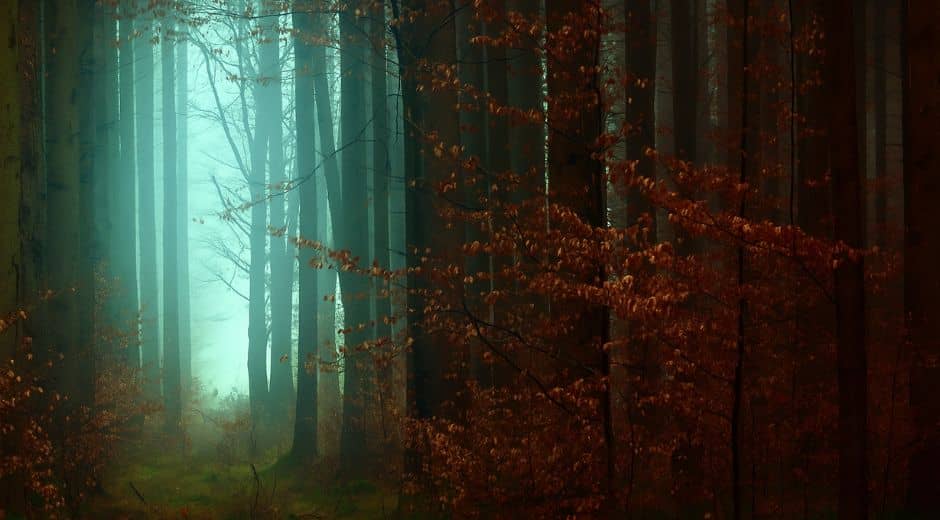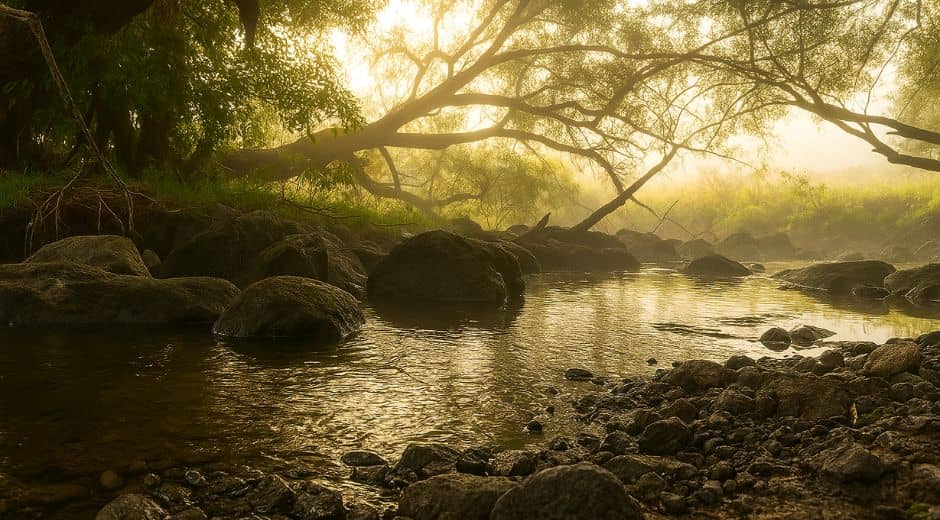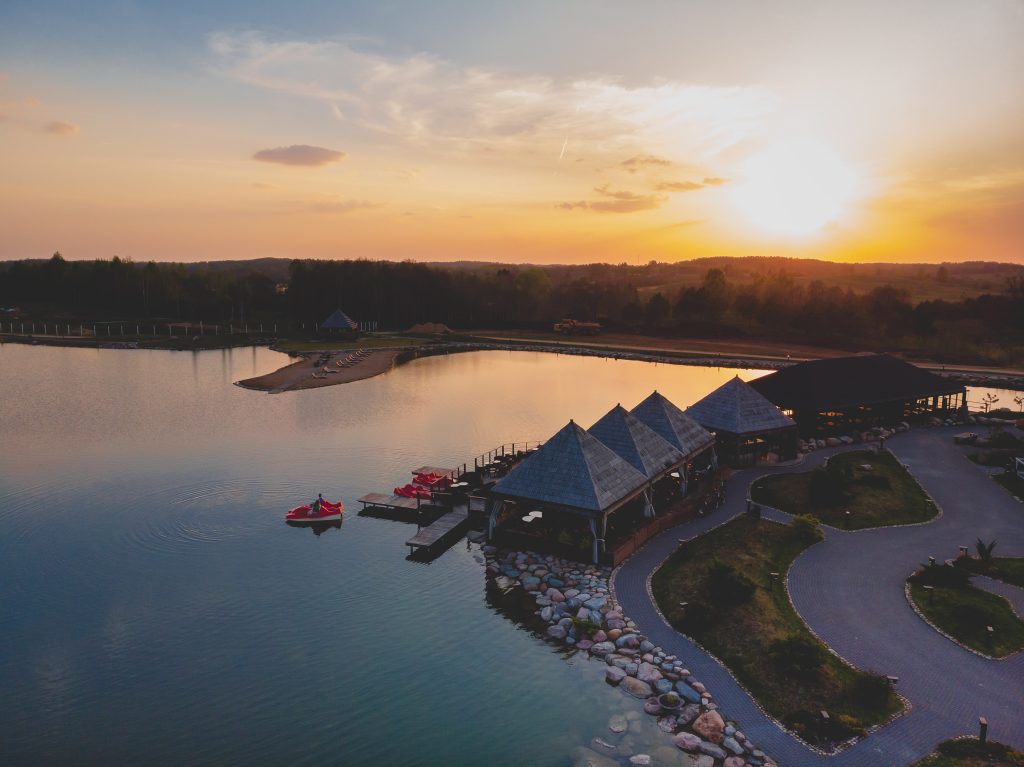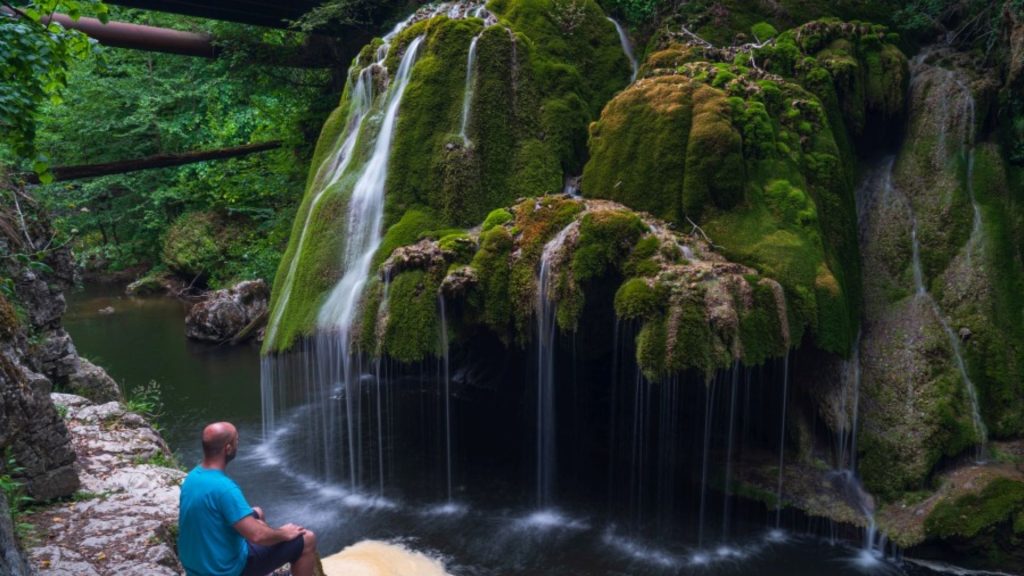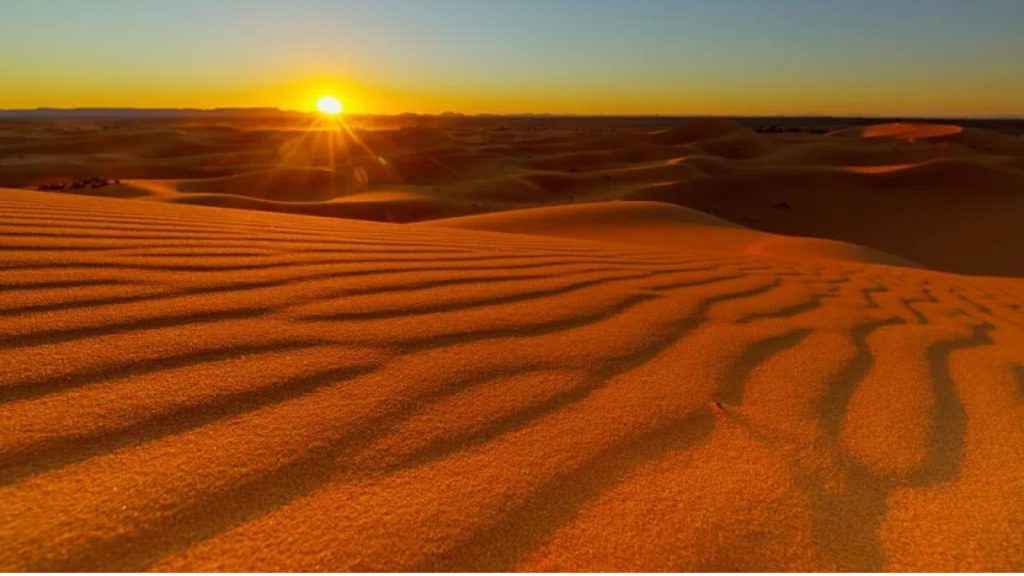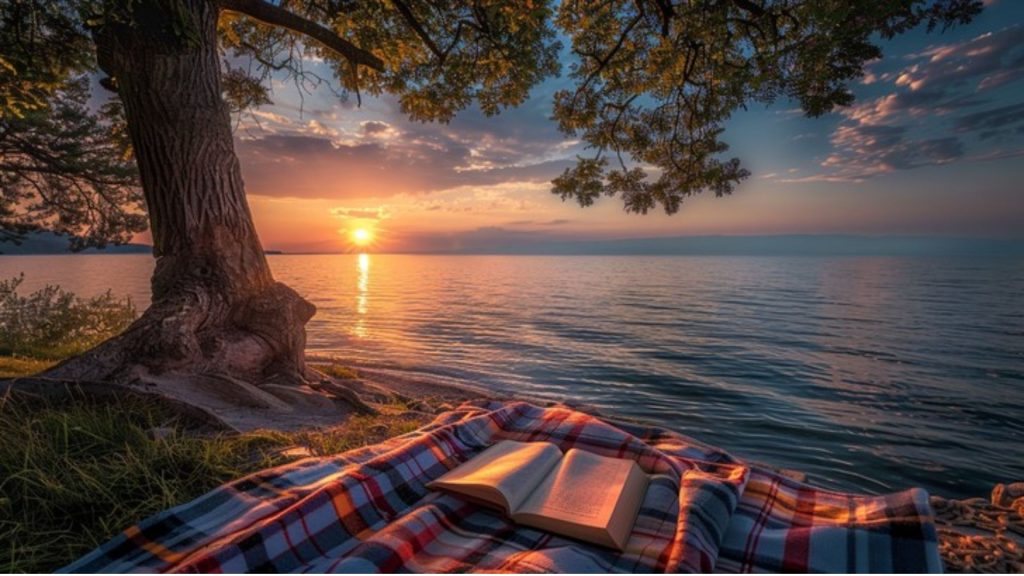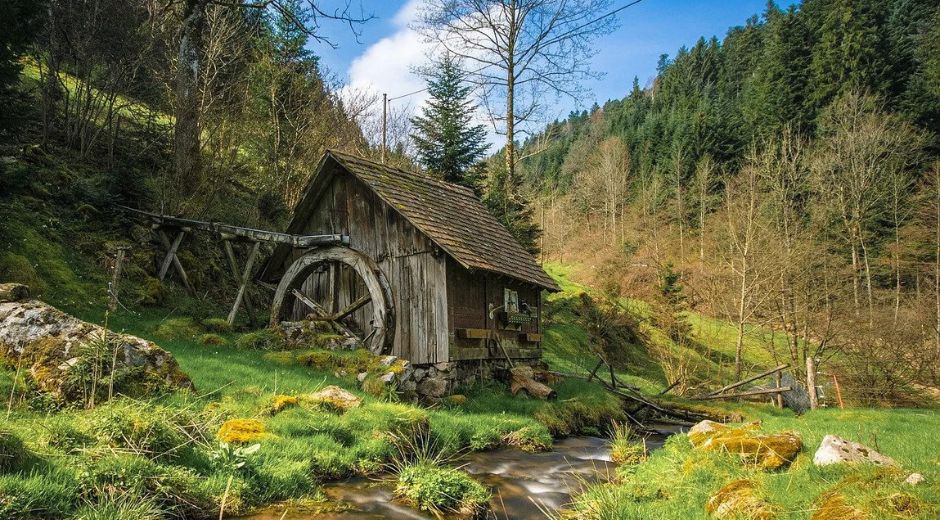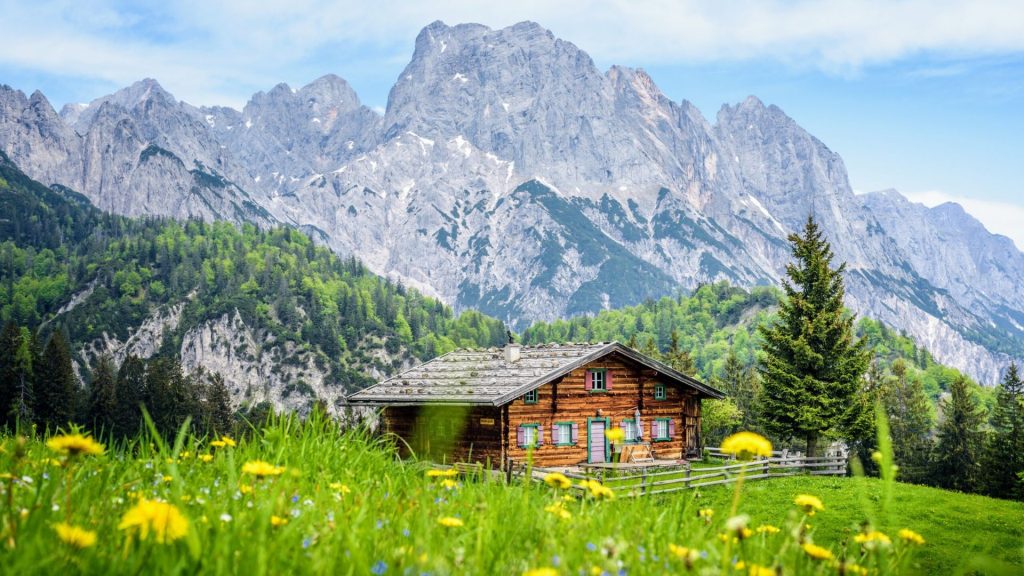Volcanic Landscapes: Adventures Across Fire-Formed Horizons
Volcanic Landscapes: Adventures Across Fire-Formed Horizons
There are few natural environments as captivating, mysterious, and humbling as Volcanic landscapes. Their forms are not accidental. They are born from pressure, heat, transformation, and time. They remind us that the Earth is alive, and that beneath our feet, forces far greater than human scale shape our continents and coastlines. Standing within a Volcanic region is to witness a world in motion, even if it appears still.
Traveling through these environments is not just exploration. It is an encounter with the origin of land itself. Lava fields, crater lakes, ash plains, basalt cliffs, sulfur vents, and mountains that breathe steam all reveal layers of Earth’s memory. Each journey through a Volcanic region becomes a story of connection between human presence and the raw geology that makes the planet what it is.
For curious minds who want to understand the science behind these formations, resources such as National Geographic provide powerful insights into how volcanoes shape ecosystems and Earth’s surface:
https://www.nationalgeographic.com/
Yet science alone does not capture the emotional weight of being there. That can only come from stepping into the landscape yourself.
Where the Earth Opens: The Presence of Creation
The first impression of a Volcanic region is often silence. A deeper silence than a forest or a valley. There is a sense of gravity, as if the land remembers the moment it was born. Paths may wind across fields of frozen black lava. The texture is jagged, surreal, like sculptures carved by fire instead of hands. In some places, the ground glows with minerals, reds and oranges and deep metallic blues.
Craters act as windows into the Earth’s interior history. Some hold lakes the color of turquoise, formed by chemical reactions in the water. Others are vast basins of ash, still warm beneath the surface. Walking near them invites awe, but also awareness. This is not a landscape shaped for humans. It is a landscape humans are allowed to step into briefly.
Travelers often report that these environments feel sacred. Not in a religious sense, but in a sense of pure presence. To be here is to accept that humans are small, and the Earth is immense.
Life in the Shadow of Fire
Despite their dramatic and sometimes severe atmosphere, Volcanic landscapes are full of life. Plants colonize the soil in careful phases. First mosses and lichens, then grasses, then slowly shrubs and trees. The soil that forms from Volcanic ash can be incredibly fertile, which is why so many ancient civilizations thrived around active mountains.
In some regions, entire towns and farms are built along Volcanic slopes because the soil produces the richest crops. Grapes grown in volcanic soil are known for intense flavor profiles. Coffee and citrus benefit from its mineral content. The connection between human sustenance and Volcanic land is thousands of years old.
Nature does not just return after eruption. It transforms. It adapts.
For those interested in how the natural world regenerates after geological upheaval, or how communities respond, global discussion resources like https://businessforumhub.com/ provide perspectives on environmental resilience and regional planning in affected zones.
Young primates learn these behaviors through imitation, a form of social learning that strengthens group cohesion. The study of primate communication, highlighted on Zoopora, shows that these actions are not random; they follow specific patterns understood by members of the group. This structured approach to communication demonstrates cognitive complexity and social intelligence.
Walking Through Basalt and Ash
To journey through Volcanic geography is to engage all senses. The ground beneath your feet may feel porous or brittle. Warm air may rise from vents in the soil, carrying the faint scent of minerals. If you are near fumaroles or hot springs, the air carries a hint of sulfur, sharp and unforgettable. These details create a kind of memory that does not fade.
Trails across volcanic regions vary from easy to extreme. Some paths are smooth, gently sloping through old valleys and cooled lava tubes. Others climb steep ridges of black stone leading to caldera rims where clouds drift below your feet. Safety is always essential. Volcanic environments demand respect, planning, and awareness. Weather shifts quickly. Heat exchanges from the earth remain unpredictable. The land itself is living.
The Emotional Landscape
Many travelers describe their journeys through Volcanic environments as transformative. There is a distinct emotional texture to these landscapes. Something quiet. Something ancient.
It is the feeling of standing at the threshold of creation.
The Earth is not static. It changes, evolves, rises, collapses, expands, and reforms. Human cultures often try to build permanence. But Volcanic terrain reminds us that everything moves in cycles. Land is born, reshaped, and reborn.
Spending time here has a way of shifting inner perspective. It invites reflection. Presence. Acceptance. Renewal.
Volcanic Regions to Explore Around the World
There are countless Volcanic destinations worth exploring. Each one offers a unique atmosphere:
Iceland with its black beaches, steaming earth, and glacier-carved calderas.
Hawaii, where lava still enters the ocean, creating land in real time.
Japan, home to sacred mountains of perfect symmetry.
Italy, where Vesuvius and Etna anchor human history to natural memory.
Indonesia, a nation shaped by tectonic and cultural merging.
These locations are not just sightseeing points. They are living classrooms.
Those seeking inspiration for travel photography, story-based nature exploration, or deeper ecological appreciation can return to the Nature Journeys archive at:
https://zoopora.com
A Journey Into Earth’s Memory
Traveling through Volcanic landscapes is a journey into origin. It is a reminder of what came before and what will come after. It is a chance to touch a surface shaped by forces far beneath the ground, forces we seldom consider in daily life.
If forests are the Earth breathing, and oceans are the Earth dreaming, then volcanic regions are the Earth remembering. They speak of beginnings. Of heat. Of pressure. Of time.
To walk here is to walk inside a story that existed long before humans.
And it continues, quietly, beneath your feet.
Wildlife Behavior Curiosity

Training and Trust: Building a Stronger Bond with Your Pet
Discover why biodiversity is vital for ecosystems, climate balance, and human survival, and how conservation protects life’s intricate web.

Biodiversity: The Foundation of Earth’s Living Systems
Discover why biodiversity is vital for ecosystems, climate balance, and human survival, and how conservation protects life’s intricate web.

Adaptation: How Animals Evolve to Survive Changing Worlds
Explore how adaptation helps animals survive climate shifts, predators, and new environments, revealing nature’s incredible resilience.





